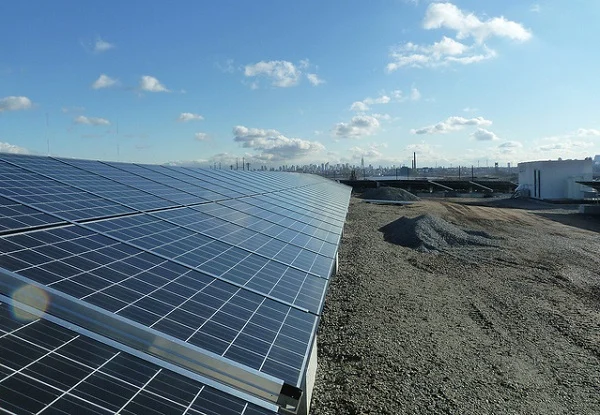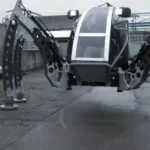The potential for renewable energy to yield climate-change benefits is enormous – but that doesn’t mean there aren’t potentially negative environmental impacts from wind and solar (and all the rest) that need to part of the discussion.
Are there places that are simply too fragile – the land itself, as well as the critters who inhabit or pass through and over it – for large-scale wind and solar power? No doubt. But that doesn’t necessarily need to slow down renewables, not given the tens of thousands of badly scarred sites that could be put to use.

The 3-megawatt Kearny Landfill Solar Farm is built on the New Jersey Meadowlands Commission’s closed 1A Landfill in Kearny, N.J. (image via PSE&G)
The U.S. Environmental Protection Agency (EPA), in updating its RE-Powering Mapping and Screening Tool, this week said there are 66,000 contaminated lands, landfills and mine sites across the country where renewables could safely be built – a figure up dramatically from 24,000 in an early mapping by the agency.
“We see responsible renewable energy development on contaminated lands and landfills as a win-win-win for the nation, local communities, and the environment,” Mathy Stanislaus, assistant administrator for the Office of Solid Waste and Emergency Response, said in a statement.
The RE-Powering Mapper consists of a series of Google Earth KMZ files, making it possible to view the information about renewable energy potential alongside other information contained in Google Earth.
“In President Obama’s Climate Action Plan, the administration set a goal to double renewable electricity generation by 2020,” Stanilaus went on. “By identifying the renewable energy potential of contaminated sites across the country, these screening results are a good step toward meeting national renewable energy goals in order to address climate change, while also cleaning up and revitalizing contaminated lands in our communities.”
What has to happen now is simple: These sites need to be put to use in a bigger way. It’s not that no previously identified possibilities have been used. We’ve seen ithere and here. According to the EPA, “since RE-Powering’s inception, more than 70 renewable energy projects have been installed on contaminated lands or landfills,” accounting for “just over 200 MW of installed capacity, which could power approximately 30,000 homes.”
So a small-city’s worth. That’s nice, but in a big country, there’s a long way to go.







